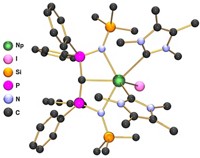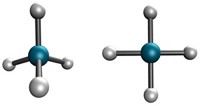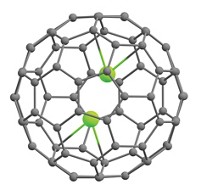Advertisement
Grab your lab coat. Let's get started
Welcome!
Welcome!
Create an account below to get 6 C&EN articles per month, receive newsletters and more - all free.
It seems this is your first time logging in online. Please enter the following information to continue.
As an ACS member you automatically get access to this site. All we need is few more details to create your reading experience.
Not you? Sign in with a different account.
Not you? Sign in with a different account.
ERROR 1
ERROR 1
ERROR 2
ERROR 2
ERROR 2
ERROR 2
ERROR 2
Password and Confirm password must match.
If you have an ACS member number, please enter it here so we can link this account to your membership. (optional)
ERROR 2
ACS values your privacy. By submitting your information, you are gaining access to C&EN and subscribing to our weekly newsletter. We use the information you provide to make your reading experience better, and we will never sell your data to third party members.
Physical Chemistry
Element 126
As-yet-unsynthesized superheavy atom should form a stable diatomic molecule with fluorine
by Mitch Jacoby
March 6, 2006
| A version of this story appeared in
Volume 84, Issue 10
Element 126 (E126) should readily form a stable diatomic molecule with fluorine, according to a theoretical study of the chemical properties of the as-yet-unsynthesized superheavy element (J. Chem. Phys. 2006, 124, 071102).
The molecule (E126F) is unique in that it contains an atom with a g atomic orbital that is predicted to be occupied with valence electrons in the atom's ground state. The study further predicts that the g-orbital electrons are involved in forming molecular orbitals, a bonding configuration that may impart distinct chemical properties.
Decades-old predictions of enhanced stability of E126 relative to other transactinide nuclides suggest that, if atoms of the element (with 126 protons and 184 neutrons) can be synthesized, they may persist long enough for their chemical properties to be probed experimentally.
Gulzari L. Malli of Simon Fraser University, Burnaby, British Columbia, is studying E126 computationally. Using relativistic methods, he finds the molecule's dissociation energy to be about 7.5 eV, 3 eV less than he finds with nonrelativistic methods. This result highlights the effects of relativity, which can strongly alter the properties of heavy elements.
Cautioning that the conclusions need to be verified by additional studies, Walter D. Loveland, a professor of nuclear chemistry at Oregon State University, Corvallis, describes the work as "noteworthy." The "promise of g-electron chemistry adds to the interest in the formidable task of synthesizing the element," Loveland remarks. "Studies like this of 'relativity in a test tube' extend the frontiers of both chemistry and physics."





Join the conversation
Contact the reporter
Submit a Letter to the Editor for publication
Engage with us on Twitter